Got steel wires sticking out of your tire? Well, that may be the last straw for the tire and an indication to remove it from your car. Tires with cords showing are no longer safe to drive on. Regular usage of such tires invites nothing but danger your way.
Tires with cords showing are basically useless to you anymore. You should not drive them for more than 80-100 miles and that too at slow speeds as they can blow out any time due to their inability to disperse heat. You must change the tires as soon as possible or get a spare one installed to get you through the day.
The only wise move is to go to a nearby auto-shop and get the tire replaced. Instead of using the exposed tires to drive to a nearby auto shop, you’re better off putting on a spare that is manufactured for exactly these purposes, but if you have no other options, the safe driving distance with these tires is only what gets you to a repair shop.
You should not drive longer than 80-100 miles on tires with cords showing because they offer poor handling and traction on road. Furthermore, they run the risk of getting burst due to the inability of the tires to dissipate heat. Hence, it is advisable to use a spare tire otherwise it can be dangerous for you or other drivers on road.
As alluded to earlier, there is no ‘safe distance’ with such tires as their sidewall is severely damaged. You’re putting your and others’ lives on the road at risk when driving on such tires. You are better off putting on a spare tire. However, if you have got no other option, you should opt for driving in the slow lane with reduced speeds and driving no more than 90 miles.
Realistically, you should only use them to get to the nearest repair shop if you don’t have the option of putting on a spare.
It is not safe to drive on tires with cords showing as they no longer provide proper handling and traction in any sort of weather on the road resulting in the driver losing control of the car which is the most catastrophic situation any driver can have misfortune of experiencing.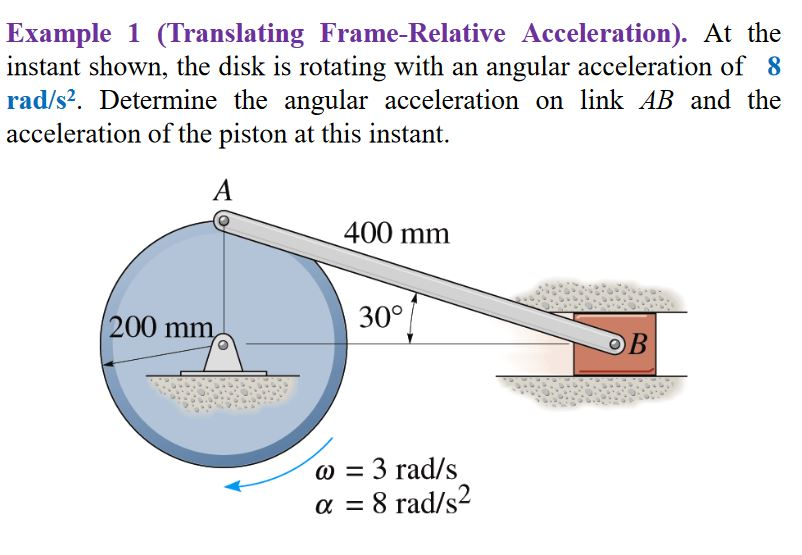
Continued usage of these tires puts you and other drivers on the road in harm’s way. Steel cords form the belt system of your tire that is designed to provide strength, stability, and rigidity to the tread area. In addition, they contribute towards the handling, traction, and overall control of the tire.
The steel belt of the tire gets exposed when the tread is excessively worn out. The excessive wear of the tire may occur due to a number of factors and result in different wear patterns which are discussed below.
It wouldn’t come as a surprise that no product lasts forever. They have a lifetime associated with them and tires are no exception. The tread of the tire wears overtime. Tires are expected to last for about 5-6 years or generally to about 50,000 miles.
They have a lifetime associated with them and tires are no exception. The tread of the tire wears overtime. Tires are expected to last for about 5-6 years or generally to about 50,000 miles.
Of course, there are various factors that need to be analyzed when talking about the life of the tire such as the manufacturer, the quality of the tire, the condition, the tread depth, the material… etc., but a thumb rule is that they should be examined after 4-5 years to determine if they are in a healthy condition.
If they still have adequate tread depth and no visible damage, they can last for years to come but they should be absolutely scrapped after 10 years as the rubber starts to deteriorate after a decade. That is why most manufacturers recommend 7 years as a good deadline for replacing the tire.
Improper balancing and alignment of a tire can result in a variety of different types of wear.
Camber refers to the tilt of the tires as viewed from the front.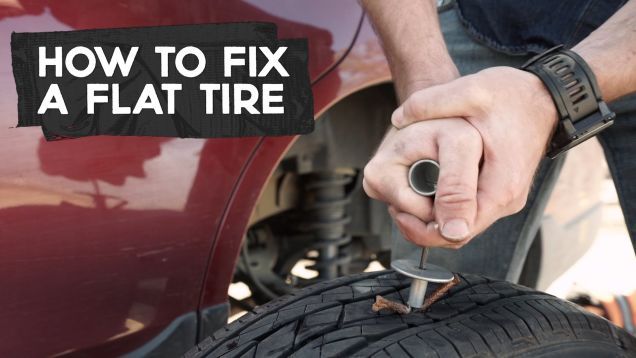 If the tire tilts inwards as it is being driven, it is known as negative camber, otherwise, a positive camber if tilts outwards.
If the tire tilts inwards as it is being driven, it is known as negative camber, otherwise, a positive camber if tilts outwards.
Depending on the type of camber, it causes the tire to wear at one edge that can result in cords showing from that particular edge.
If the toe angle is off, it can cause the tire to slide instead of a roll as it’s being driven.
The resulting pattern is quite similar to camber wear but the difference being that camber wear is smooth on both sides as you run your fingers across the tire in both directions, but toe wear is smooth in one direction but rough in the other.
Overinflation causes your tire to become stiffer and harder than normal and forces your car’s weight to be run on the center of the tire as opposed to being evenly distributed. This causes the center region of the tread to wear out faster than the edges resulting in an uneven center-wear pattern.
It also reduces the contact patch with the road i.e., the road makes minimal contact with the road which results in poor traction and compromised handling, and reduced fuel economy as they have high rolling resistance.
Underinflation puts more strain on the edges of the tire as the sidewall edges are now in maximum contact with the road. This causes the tire to be pushed in the middle which wears the outside edges of the tire faster than the center.
The resulting wear pattern is known as outer edge wear. The repercussions of such wear are almost identical to the center-wear pattern in that they result in reduced fuel economy and poor handling.
Such tire wear problems are relatively easy to fix. All you need to do is regularly check your tire pressure and make sure it is according to the recommended air pressure of your tire.
Tires that show cords are at an increased risk of popping than regular tires. Due to excessive tread wear, they are not able to disperse the heat building up due to friction as the tire is being driven on the road.
Due to excessive tread wear, they are not able to disperse the heat building up due to friction as the tire is being driven on the road.
This means that they can pop any second without warning resulting in immediate loss of control over the vehicle which can prove to be a deadly scenario.
You should not bother repairing a tire that is worn out to the extent that the threads of the inner steel belt of the tire’s construction are visible to the naked eye. It is a huge safety risk and, in many states, simply illegal to repair such a tire.
So even if safety wasn’t already a big of an incentive, facing prosecution and fine for being caught with tires showing cords is one that pressurizes many of the drivers to scrap the tire.
If the condition of the tire reaches a point that the cords are visible at the surface, most probably this spells the end of the tire. It should no longer be put into use.
However, if your tires are in a good condition, make sure that they don’t reach such a point in their lifespan. Regularly check the pressure of the tire and resolve the car balancing and alignment issues as soon as they are diagnosed.
Regularly check the pressure of the tire and resolve the car balancing and alignment issues as soon as they are diagnosed.
(Visited 13,308 times, 25 visits today)
Have you ever considered using a tire with an exposed cord? If the answer is yes then let us stop you right there, we understand that it can be quite a drag and too stressful whenever you come across this problem but if you try to ignore it, you could put a lot more at stake.
It is certainly obvious enough that we ought to change our tires whenever we see cords showing out from the tread.
This is indeed a call for disaster and we should not consider driving it not even for a second.
What's In This Guide?
Knowing the types of cords should give you a hint on how important it is to use a proper tire. Cords or anything that are showing from the tread or the sidewall of your tire is a risk that should never be taken, whether it is a wet road or not.
Cords or anything that are showing from the tread or the sidewall of your tire is a risk that should never be taken, whether it is a wet road or not.
Tire cords can be categorized into 3 parts. The carcass ply, the casing ply, and the cap ply. Each cord has a different way of maintaining the tires’ strength. But all in all, they have one common goal and that is to keep the tire from wearing down quickly.
Carcass PlyCarcass ply is a thin textile cord that is attached to the rubber that maintains a firm hold for texture and support. Basically, it consists of thin textile fibers that are bonded into the rubber. It resists pressure and amplifies and determines the strength of the tire.
Casing PlyThis is where the entire tire depends in terms of strength. Casing ply is made up of a bunch of tiny metal cords that give solid firm and durability to the tire. It is also responsible for protecting the tire from cuts and provides durability to withstand highspeed pressure. It also helps the tire from tearing up due to high temperature and rough terrains.
It also helps the tire from tearing up due to high temperature and rough terrains.
A part of the tire is made of rubber converse reinforced nylon cords that keep the tire from deforming. It is also responsible for keeping the temperature optimal and prevents the tire from wearing down or aging. The primary dilemma for tires is high temperature. If tires are not supplied with materials that protect them from heating, it’s durability is reduced significantly.
Now that we have jotted down every component of cords there are inside a tire, we have fully explained that cords are mainly for durability and shape purposes only. It should be highly alarming to see an exposed cord in the tire when on the run. This defeats the purpose of keeping the tire durable and safe from any unwanted issues.
What Could Happen If I Use A Tire With an Exposed Cord?Several damages can be inflicted when you drive a vehicle using a tire with an exposed cord on it. It is surely highly discouraged to do, so to be more specific on what are the things that could happen, here is a list of some possible details that could take place when you use your tire with an exposed wire for driving.
It is surely highly discouraged to do, so to be more specific on what are the things that could happen, here is a list of some possible details that could take place when you use your tire with an exposed wire for driving.
Tires that show their cord from the inside are usually because of the bald tread. Over time, tires tread are being flattened due to the fact that friction, temperature, and terrain exhausts the tire treads and eventually exposes the cord inside. Imagine an eraser from a pencil, its surface then disappears as you keep on pressing it down on paper. That’s how tires are like when on the road.
If not checked well, the tire surface can eventually lead to the cord and it will compensate for the tension due to the absence of the tread. Since it’s mostly made of metal, it is unable to keep traction between the wheel and the road. Thus, the vehicle will lose control and may cause severe damage to the wheel, suspension, and will most certainly damage the tire even more.
As mentioned above, cords have the main purpose of keeping the tire from deforming and maintain its durability over time. However, cords are unable to produce a grip for handling and steering. When a tire with an exposed cord is used, it could tear up the whole tire and blow it up.
Some cords are exposed from the sidewalls but it’s not an excuse for safe use. Regardless of where the cord is exposed, the tire is bound to blow up when used eventually and at a certain speed.
Accidents May OccurUsing a tire with an exposed cord will not only make the vehicle dysfunctional, but it could also lead to more danger such as road accidents. It only takes a matter of time for a tire with an exposed cord to blow up and the percentage of accidents will dramatically increase when used on public roads. It also can cause self-inflicting damages due to unreliable grip and handling.
A busted tire can catch you by surprise because the only hint you can get from it is its wobbly sound.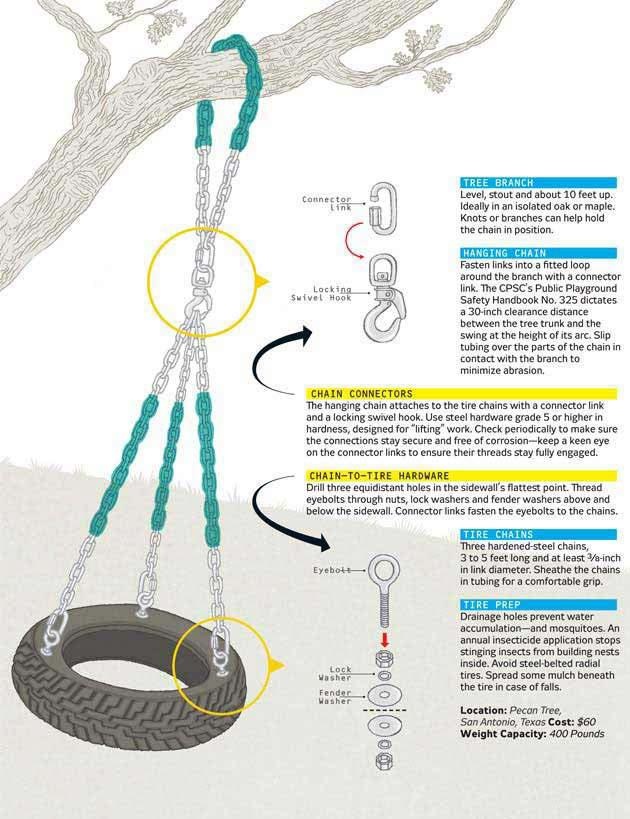 There are also cases that it does not make any noise at all, which makes it even more dangerous. You can not determine whether the tire will act up, may it be on a speedway or a slow drive. That is why using tires in these conditions attracts accidents and causes chaos on the road.
There are also cases that it does not make any noise at all, which makes it even more dangerous. You can not determine whether the tire will act up, may it be on a speedway or a slow drive. That is why using tires in these conditions attracts accidents and causes chaos on the road.
Tires with exposed cords are likely to release air pressure bit by bit causing the wheels to be unbalanced. Since we have established that tire cords are not able to withstand traction from the road, it could dent your rim and eventually damage it during the run. Due to this, the possibility of getting your suspension damaged also increases significantly.
Safety Measures for PreventionsYou can break down all the safety measures to prevent driving with a busted tire. By educating yourself and others on how to deal with the scenario, you can radically decrease the chances of road accidents due to faulty tires. Safety measures sure sound complicated but from a wider perspective, all the things that you should consider are quite simple.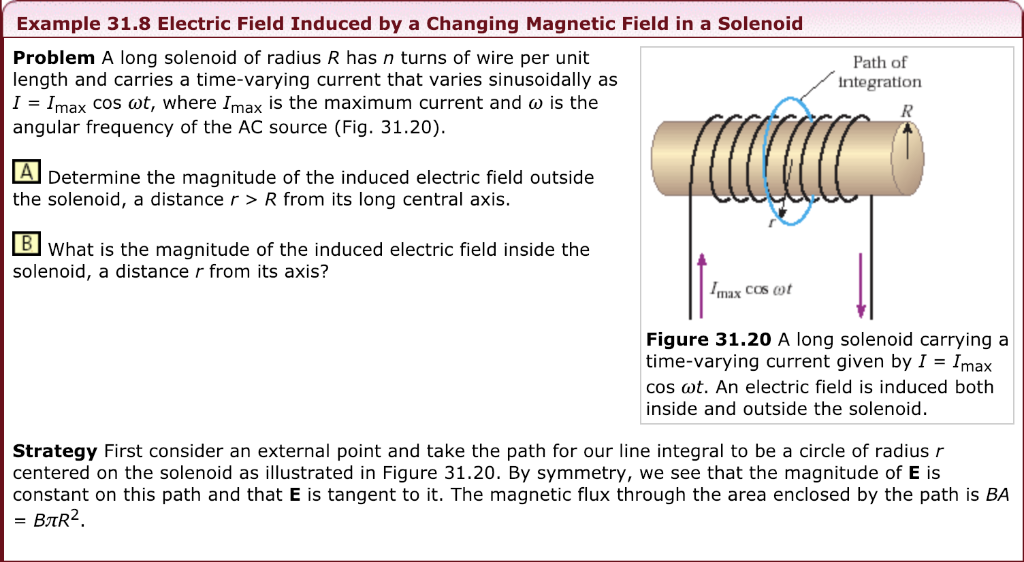 Here are some of those measures that you would want to take.:
Here are some of those measures that you would want to take.:
Yes, it sounds too common, but having this fundamental thinking will take you miles without having to worry about any possible defects. Making sure that you are bringing a working spare tire would give you convenience whenever your tire gets busted.
You would want to check your spare tire’s condition and air pressure every 2 to 3 weeks at the very least. This is to make sure that you are well prepared when a malfunction with your tire occurs.
Learn How To Change Your TireThis is surely another common piece of advice. Unfortunately, most drivers tend to forget the basics of changing spare tires. This is pretty much the most important thing you need to learn or re-learn. By being able to know each step, you can ensure that you have the skills to replace tires whenever you need to. Now is the best time to learn and re-learn things because the internet offers so many guides for things like this.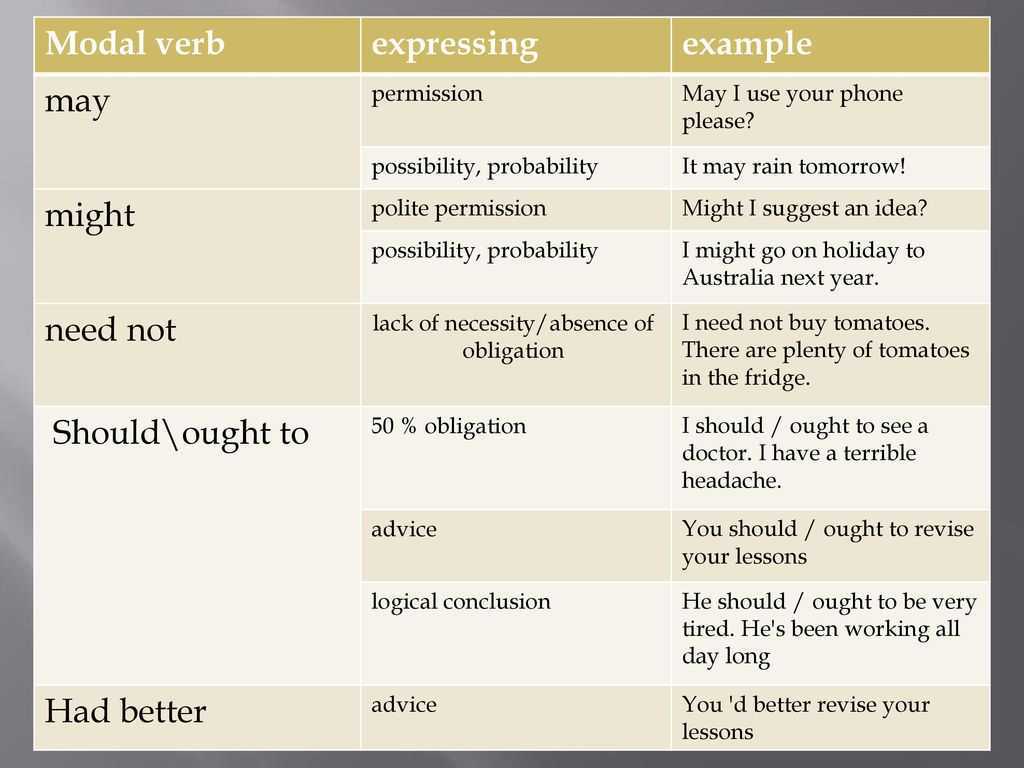
We have established that there is no other way to use a tire with an exposed cord than to dispose of it. No matter how many cans of aerosol sealant you use on this one, tires with exposed cords will not get a fix anymore. Keep in mind that sealants can repair small punctures but are not able to mend cuts from the sidewall and are not made to strengthen the cord.
Contact Expert Near YouIt is surely better to ask than to act as you know it. If you feel like you are not yet confident enough to initiate the things mentioned above, worry not because you can always consider contacting a tire expert near your area. That way, you can ensure that the issue can properly be fixed and you will be able to see how experts deal with it first hand. Not only will this give you convenience, but it will also help you gain knowledge the next time you experience trouble with your tire.
Destroy the Myth That It is Alright to Drive a Tire With An Exposed CordSome would say that you can still drive your vehicle in this state for a certain number of miles and certain miles per hour.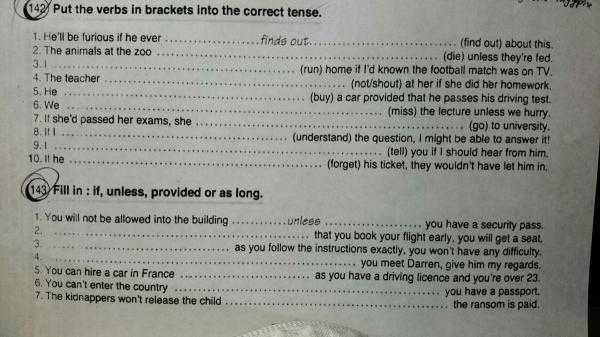 It is not. You can never really tell when will a tire like this could blow up. Using a tire with an exposed cord is like gambling a losing fight. You would want to risk it but the chances of winning are less than zero percent.
It is not. You can never really tell when will a tire like this could blow up. Using a tire with an exposed cord is like gambling a losing fight. You would want to risk it but the chances of winning are less than zero percent.
Do not take risks in driving vehicles with tires that have exposed cords. This will not only put your vehicle into destruction, but you could also put your life and the lives of others at stake by trying to do so. Get your tires replaced, and consult a tire expert for an opinion.
Buying a Sub-Standard Quality Tire Will Cost You MoreIt is true that tires nowadays are not getting any cheaper. That is the reality that we are in right now. That is why we should take a look at our vehicle expenses as investments. Availing a good quality tire that provides longer durability may be pricey but it will most certainly last longer than tires that have sub-standard material.
Aside from price comparison of tires, sub-standard tires can also affect your driving performance, your vehicle condition, and your suspension.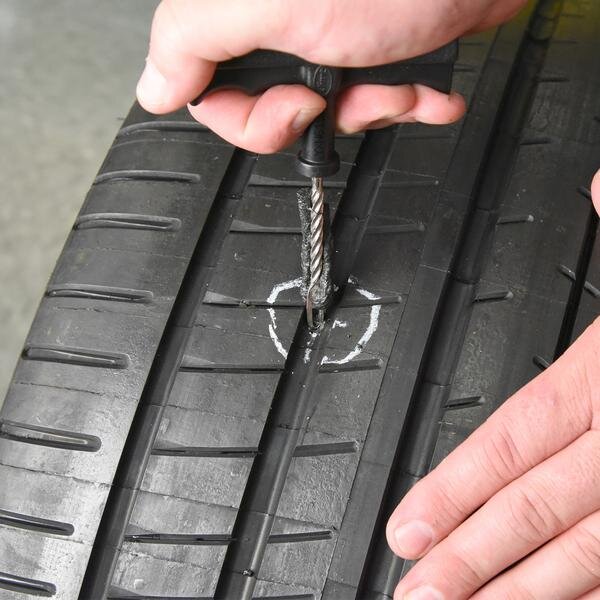 All in all, if you do not think about the wider view, it could cost you more than just a tire.
All in all, if you do not think about the wider view, it could cost you more than just a tire.
All in all, it is common knowledge for vehicle owners to not drive a vehicle using a tire with an exposed cord. You can ask how long it could last but really, no one can really determine. It will always depend on the situation, the road, the speed, and the circumstance.
We drivers should be responsible enough to educate ourselves and inform others on how crucial these things are. Driving using a busted tire is not and will never be a good option to go to. Hence, being able to prepare ourselves for future happenings will certainly negate this possibility of using bad tires from happening. Do not ever use busted tires for driving.
Consumer disputes over the age of tires have not subsided for several seasons. Buyers are excited that the warranty period for tires is limited to 5-6 years according to GOST, and after the expiration of this period, the rubber becomes unusable.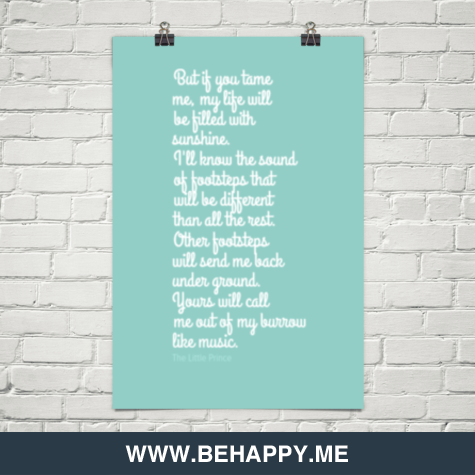
Is this really the case, read this article.
Manufacturers of most brands on their products set Shelf life is 5 years and service life is also 5 years .
The shelf life of a tire is the period during which it retains its performance when properly stored.
The end of this period does not mean that the tires have become unusable . A shelf life of 5 years is given by manufacturers because, by law, they cannot set a shelf life higher than the service life. Tires over 5 years of storage cannot be called damaged or defective, their technical characteristics may be slightly reduced. American researchers argue that the period of storage of "shoes" must be at least 10 years. Experts from Germany are sure that it cannot exceed 6 years. nine0003
The expiration date of tires is the warranty period during which the manufacturer is responsible for the quality and condition of the tire if it was used for its intended purpose without violating the operating rules.
According to Russian legislation (GOST 5513, GOST 4754-97) , the service life of tires is 5 years from the date of manufacture.
How can I find out the date of manufacture of tires? nine0010
You can find out the age of tires by a special DOT code. Tires manufactured after 2000 in the DOT code contain two pairs of numbers, where the first pair indicates the week number of the year, and the second pair indicates the year. Earlier tires before 2000 have 3 numbers in their composition, where the first two digits are the week number, and the last one is the year (see the transcript in the photo).
Determination of the average shelf life of a tire according to GOST and operating conditions. nine0010
- The symbol ZR denotes tires for high-speed cars. They are recommended to be used at speeds over 240 km/h. up to 6 years
- Tires with the H symbol are used at a maximum speed of 210 km/h. within 5 years.
- The sign S symbolizes the maximum permissible speed of 180 km/h. and operational period of 4-5 years.
Most tire manufacturers do not agree that tire life is limited to 5 years. Each company has its own opinion on this matter. We analyzed several of them and the information they posted on their official websites. nine0003
Michelin
The French tire manufacturer Michelin has become famous for its active fight against the perception of the rapid aging of tires as a perishable product. Her information campaign "Tires Are Not Bananas" created a lot of noise in the automotive environment. According to the representative office, several test trials were carried out in Saudi Arabia, South Korea and Germany. As a result of testing, no difference was found between new tires and tires stored for 3 years. They were tested for various characteristics such as rolling resistance, high speed durability, etc. Tires with a year life were approximately equal in performance to 10-year unused tyres. nine0003
Tires with a year life were approximately equal in performance to 10-year unused tyres. nine0003
Michelin focuses the attention of car owners on the fact that tires are not a perishable product, their shelf life is not as important as the service life is important, starting from the date the tires are installed on the rims. It is from this moment that the tire is subjected to all tests: pressure, temperature changes, wear, contact with uneven and sharp coatings, etc.
Continental
On the Russian official website of Continental, we found the following information on the expiration dates of tires. nine0003
“When a tire is stored in the correct position and under the recommended conditions, it will not lose its original balanced performance for 5 years from the date of manufacture of the tire.
A properly maintained, unused tire less than 5 years old can be sold as a new tire and used normally.
Continental recommends replacing all tires (including spares) with a sidewall date greater than 10 years. nine0003
Nokian
The following information is posted on the Nokian official website:
“Tire life is not defined by law, but tires can only be considered “new” if they have been manufactured within the last five years. The recommended service life of tires is six years, and the recommended maximum period is 10 years.
The opinion of our specialists, based on many years of experience, coincides with the opinion of manufacturers: the shelf life is 5 years + the service life is up to 10 years. Moreover, more "adult" tires, in our opinion, are of better quality. nine0003
To keep tires as long as possible, they are stored in compliance with all rules and recommendations. The main condition is a cool, ventilated, darkened room away from oils, paints, ozone, and heat sources.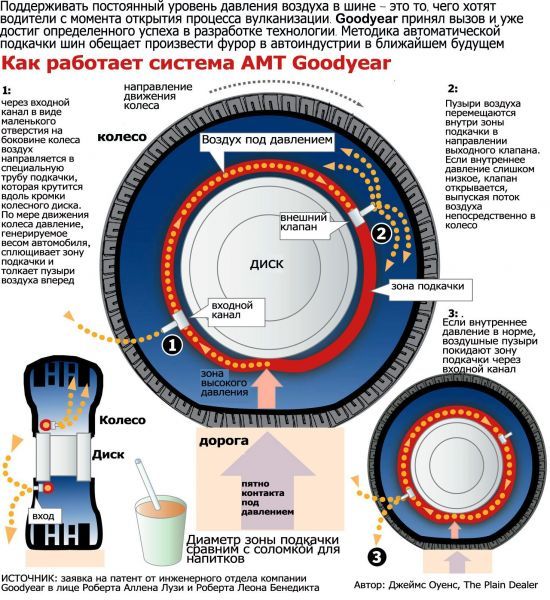
Rubber products tend to lose their performance over the years. To prevent and slow down this process, manufacturers add polymers to the rubber compound. They prevent oxidative processes that occur due to the interaction of protectors with oxygen and ozone. nine0003
The following are the main conditions for the proper storage of tires in accordance with GOST 24779-81:
Maintaining a constant regime without sudden jumps, slight temperature fluctuations from -30°С to +35°С are allowed;
Provide a low humidity level of 50-80% in a dry, ventilated cool room;
Avoid direct sunlight, use darkened hangars, shield heat sources; nine0003
Keep away from sources of heat;
Tires should not come into contact with corrosive, copper materials.
Avoid kinking, loading or positioning on an uneven surface.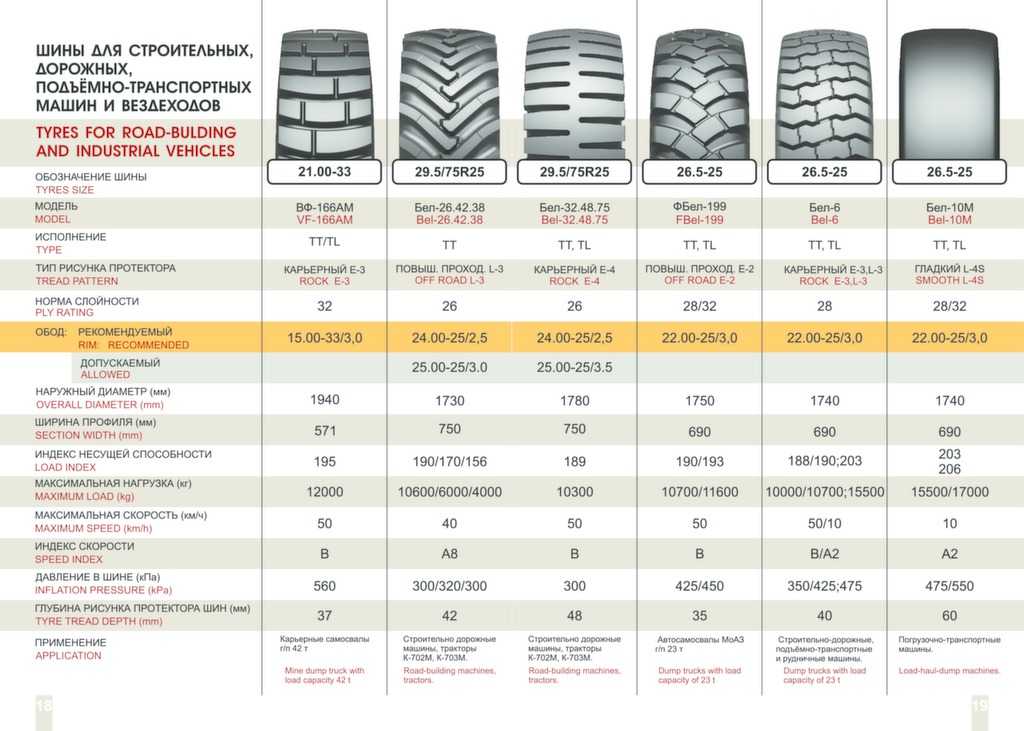
Avoid contact with oils, organic solvents, acids, alkalis, fuels and lubricants on the tire surface. It is forbidden to lay tires on a wet and dirty surface. nine0003
In the warm season, when storing tires outside, they should be covered with light-tight material and raised above ground level to ensure ventilation and prevent the occurrence of the greenhouse effect.
Storage on reflective, light and heat absorbing surfaces is prohibited.
Keep away from chemicals, oils, paints, open flames, electric motors that produce ozone. nine0003
Used tires must be washed and dried.
Tires without rims should be stored upright.
The service life depends on many factors: the load on the car, the quality of the roads, the driving style, the mileage traveled, tire damage, etc. To increase their service life, follow these rules: nine0003
Check tire pressure every 2-3 weeks. With reduced pressure, tire wear increases by the equivalent of a % reduction. For example, a 15% reduction in pressure can result in a 15% reduction in service life. Inflated tires are less scary.
With reduced pressure, tire wear increases by the equivalent of a % reduction. For example, a 15% reduction in pressure can result in a 15% reduction in service life. Inflated tires are less scary.
The wear of the front tires is always significantly higher than the rear ones, so it is recommended to swap them after some time, carefully monitoring the direction of the tread pattern and the direction of rotation. nine0003
Proper alignment of tires in relation to rims. If the direction is not the same, then performance is significantly reduced.
To prevent damage to the sidewalls of tires, avoid close proximity to curbs and high ledges.
Wash off dirt from the surface of the rubber and from deep grooves with special cleaning agents. nine0003
Adhere to an even driving style without harsh brakes and quick starts.
Do not overload the car beyond the norm. 20% excess weight leads to a 30% loss of tire life.
20% excess weight leads to a 30% loss of tire life.
Keep the wheels balanced and check the alignment angles annually.
The main condition for a long tire life is:
- high quality products,
- careful operation,
- proper storage of tires in the off-season,
- timely diagnosis.
The age of tires in standard storage is a minor non-determining factor that should not be taken into account when buying them.
Previous article Next article
Another change season is approaching. And you may remember that on one of the tires after the last winter/summer there is a jamb - a small bump. I don’t want to run to the store for the sake of one new tire. We understand. Or maybe it looks even better if repaired?
Yes, not every wheel that has met with a nail, rebar sticking out of the ground or a sharp stone on the road is considered damaged.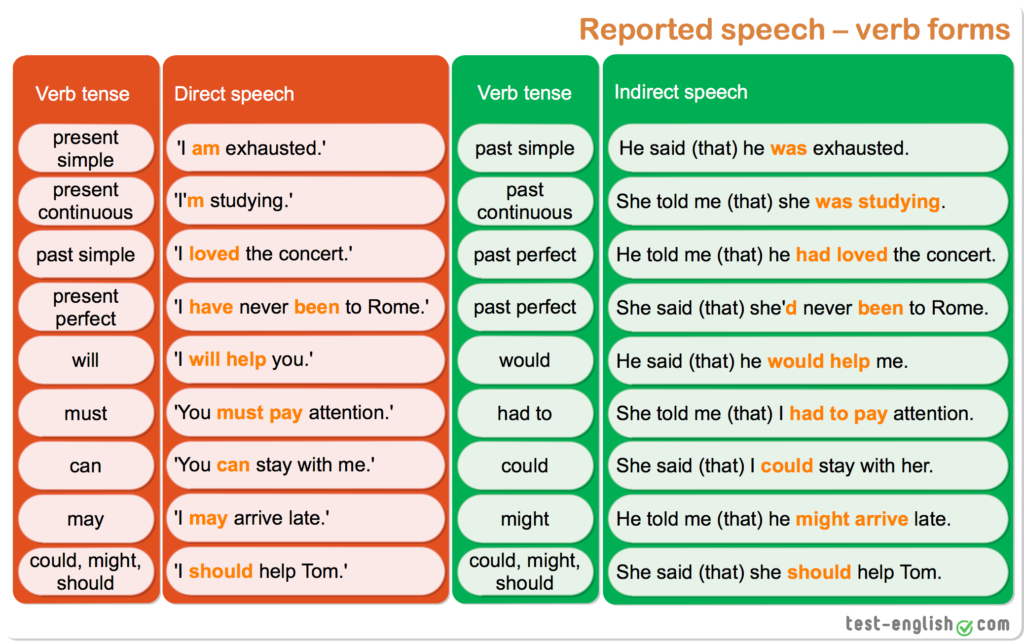 Everything, of course, depends on the scale of the damage and its location on the tire itself. Some are easily repaired, while others are simply impossible to do - the tire can only be sent to the trash. nine0003
Everything, of course, depends on the scale of the damage and its location on the tire itself. Some are easily repaired, while others are simply impossible to do - the tire can only be sent to the trash. nine0003
A bulge on a wheel, referred to by drivers as a bump or bulge, is the most common tire sidewall defect. It appears due to a collision with an obstacle or after falling into a pit, more often at high speed. The threads of the sidewall carcass are easily damaged by impact, and the tire at this point can no longer hold the load and air pressure - swelling appears. A small bump sooner or later turns into a big one, and driving with such a defect is dangerous - the wheel can shoot at any moment. At high speed, this is fraught with loss of control, departure from the road and a rollover. nine0003
The quality of roads in Kazakhstan contributes to the appearance of bulges on tires
Some types of bulges are repairable, although this is a temporary measure. Not a single patch can restore the factory rigidity. Ideally, change the tire.
Not a single patch can restore the factory rigidity. Ideally, change the tire.
Special cord patches can extend the life of a tire with a herniation, even if the swelling has appeared on the tread. The sidewall is a different story. If the swelling appeared at a distance of more than 40 mm from the side, it can be repaired. If not, then the wheel needs to be replaced. Blisters on low profile tires are most often non-repairable. nine0003
For maximum safety when riding with a repaired bump, insert the tube. This is an inexpensive and reliable solution. On our market, you can find cameras made in China and Russia, the latter are slightly more expensive, but also of better quality.
The elimination of a side cut is a serious operation, therefore, as in the case of a bump, you will have to go to the professionals. We need cord patches, since nowadays they are of different sizes and with a different number of layers. And if you do it wisely, then you can't do without special tools and vulcanization. nine0003
nine0003
A cut, by the way, cannot be healed in all cases. If the gap is in the shoulder area of the tire, it is unlikely that anyone will undertake to repair it, since no guarantees can be given here. However, our Kulibins take on even the most difficult cases, cutting out parts of the sidewalls from the tires and even weaving the cord on their own.
Tire overhaul. We would not put such a wheel on ourselves
Low profile tires can be repaired, but more difficult. A tear in the sidewall is easier to seal on tires with a medium or high profile. nine0003
Sometimes a cut is confused with a pluck. This is when the outer layer of the sidewall caught on something sharp, a tear formed, but the frame itself remained intact. There is nothing wrong with that, although the drivers at the tire fitting company successfully repair the cut, for which they take it accordingly.
If a piece of rubber remains on the sidewall, then glue it with ordinary superglue (101st). If it came off, then it is better to cover it with raw rubber and vulcanize. Leaving the pluck bare is not recommended, because the tire carcass, often consisting of a metal cord, will quickly corrode. nine0003
If it came off, then it is better to cover it with raw rubber and vulcanize. Leaving the pluck bare is not recommended, because the tire carcass, often consisting of a metal cord, will quickly corrode. nine0003
In Europe, defective or used tires are perforated before being sent to the scrapyard to prevent their resale and possible operation. But they don’t know that we have such holes on the sidewall patched once or twice
Cuts and hernias are not the only possible damage to the side of the tire. You can also spoil the side ring, in the process of changing shoes, for example. If it’s for garlic, then such a tire is already dangerous. Sooner or later, the tire pressure and the load in motion will start to squeeze the rubber off the rim - a wheel explosion may occur. nine0003
This ailment is repaired if the wire ring - the base - is intact. There are no special technologies and materials to correct this particular problem, but most often craftsmen use a two-component composition for chemical (also called cold) vulcanization. After mixing, the mass is pressed into a fat-free damage. Compound manufacturers recommend waiting 72 hours before mounting a tire. Of course, our masters do not pay attention to this condition - they put the tire right away. And it’s good if the wheel is flat because of this at night in the parking lot, and not on the road. nine0003
After mixing, the mass is pressed into a fat-free damage. Compound manufacturers recommend waiting 72 hours before mounting a tire. Of course, our masters do not pay attention to this condition - they put the tire right away. And it’s good if the wheel is flat because of this at night in the parking lot, and not on the road. nine0003
If the side ring tears are barely noticeable, but the wheel still deflates, then you can use a special liquid - a bead seal designed to seal a tubeless tire.
These seals have been used in motorsport for some time. In particular, in the American Formula D Drift Series, drivers used compounds to keep the tire on the rim even with minimal tire pressure. Now they are banned.
Pay attention to the left rear wheel of the Nissan Silvia S13. Due to too low pressure, it was literally taken off the disk under load
Every schoolchild has faced this problem when patching the inner tube of his bike after hitting something sharp.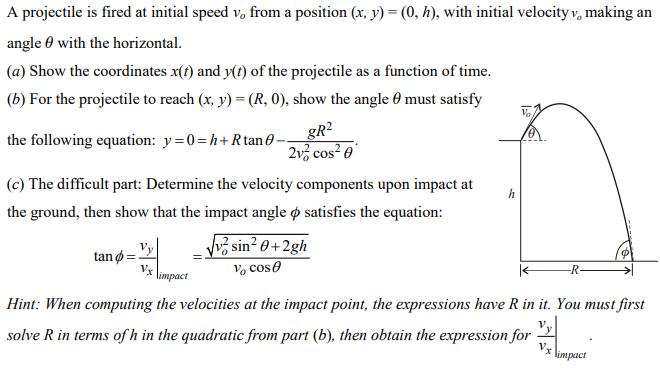 Repairing a car tire puncture with your own hands will also not be difficult even on the road. But for this you will need a pump (or compressor) and a universal tire repair kit with harnesses. All this is sold at any car market or gas station.
Repairing a car tire puncture with your own hands will also not be difficult even on the road. But for this you will need a pump (or compressor) and a universal tire repair kit with harnesses. All this is sold at any car market or gas station.
Repairing a tire on the shoulder with harnesses
The process is simple. If we are talking about the front wheels, then in most cases the wheel can not even be removed, it is enough to turn the steering wheel in the right direction, find the puncture site and carry out repairs. First, the hole is cleaned with a helical awl from the set. The tourniquet itself is smeared with glue and tucked into the eye of the awl, after which it is inserted into the tire hole. With a sharp movement, the tool is removed, and the tourniquet remains in place and clogs the hole. The tails are cut with a knife, but not at the root, it is recommended to leave about 20 mm. The tire is inflated and checked. nine0003
Sometimes a nail or self-tapping screw clogs the hole by itself, remaining in it. If you see a hat in a tread, do not rush to pull it out. While the pressure is holding, move to vulcanize. And sometimes they drive with a screw in a tire for weeks.
If you see a hat in a tread, do not rush to pull it out. While the pressure is holding, move to vulcanize. And sometimes they drive with a screw in a tire for weeks.
Repair of a puncture at a tire shop
Punctures are also repaired with harnesses at a specialized service, although among professionals such repairs are not considered long-term. After a few months, the flagella dry out and can let air through. There are more advanced methods like cold and hot vulcanization. The latter is more reliable. In this case, the hole is sealed with an elastic patch, and the funnel from a foreign object is filled with a special compound. After that, a vulcanizer is put on the tire, it heats up the rubber and solders it. nine0003
In addition to the plaster, the puncture is also repaired with special cord fungi. Craftsmen process the puncture site: drill it and treat the surface with a tool to roughen it. Then the repair area is lubricated with glue (it is also called cement) and a fungus is introduced. This is done from the inside of the tire. The cap of the fungus is rolled, and the excess legs are simply cut off from the outside.
This is done from the inside of the tire. The cap of the fungus is rolled, and the excess legs are simply cut off from the outside.
Puncture repair with sealant
With the advent of tubeless wheels, and later run flat tires, many automakers began to abandon spare wheels. Instead, repair kits with compressors are supplied with the machines. A repair kit is essentially a bottle of pressurized sealant. Later, such spray cans began to appear on the shelves of ordinary car dealerships. nine0003
This method has not taken root in the CIS, because the condition of the roads makes it necessary to have at least a stowaway in the kit, but it can also be considered as a method of repair on the road.
The car must be jacked up and sealant must be pumped into the damaged wheel through the nipple. Next, you should spin the wheel, then pump it up, lower the car and drive a few hundred meters. If the tire tightness has not been restored, repeat the procedure.
If the tire tightness has not been restored, repeat the procedure.
For commercial vehicles, cutting the tread with a special device (regrower) is a common thing. Moreover, such tire retreading is provided by the factory (marked REGROOVABLE on the sidewall) to increase the service life. But there are entrepreneurs who undertake to deepen the grooves in tires for passenger cars. But they are not intended for such an operation. Often used tires for sale are “refreshed” in this way. Be careful!
What is the danger?
The worst option is that the retreaded tire will shoot out on the road, as the master can damage the undertread layer when deepening the grooves. Such a tire will not be able to hold pressure at some point. There will be a boom! In the best case, the tire will indeed last a little longer, but is the game worth the candle? We think it's not worth it.
How is cutting done?
A regrower is used to cut the tread.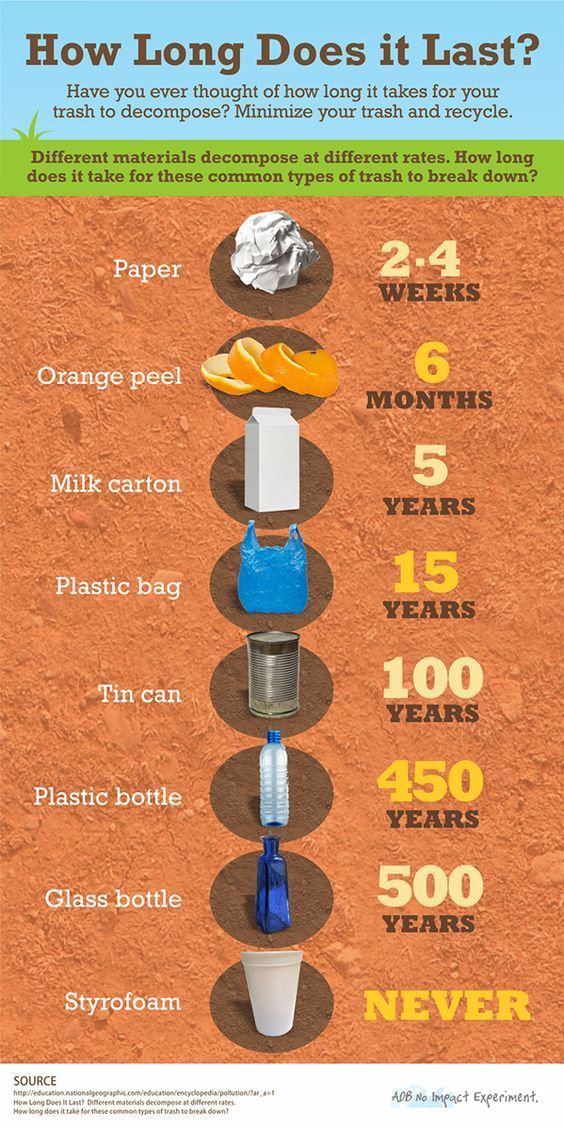 Roughly speaking, this is a large soldering iron with interchangeable tips of various shapes. It goes through rubber like a knife through butter. nine0003
Roughly speaking, this is a large soldering iron with interchangeable tips of various shapes. It goes through rubber like a knife through butter. nine0003
If the tire is for passenger cars, then it is worth taking on a regrower only in one case - when part of the tread pattern was welded with "new" rubber during repair. This is where threading comes in handy in order to restore the grooves and symmetry of the tread.
Vehicle operation is prohibited if:
— tires have a residual tread height of less than 1.6 mm; nine0329
- tires have punctures, cuts, ruptures that expose the cord, as well as delamination of the carcass, delamination of the tread and sidewall;
- tires in size or load capacity do not match the car model;
- tires of various sizes, designs (radial, diagonal, chamber, tubeless), models, with different tread patterns, winter and summer, studded and non-studded, new and restored, are installed on one axle of the car; nine0329
— Tires retreaded according to the second repair class are installed on the front axle.